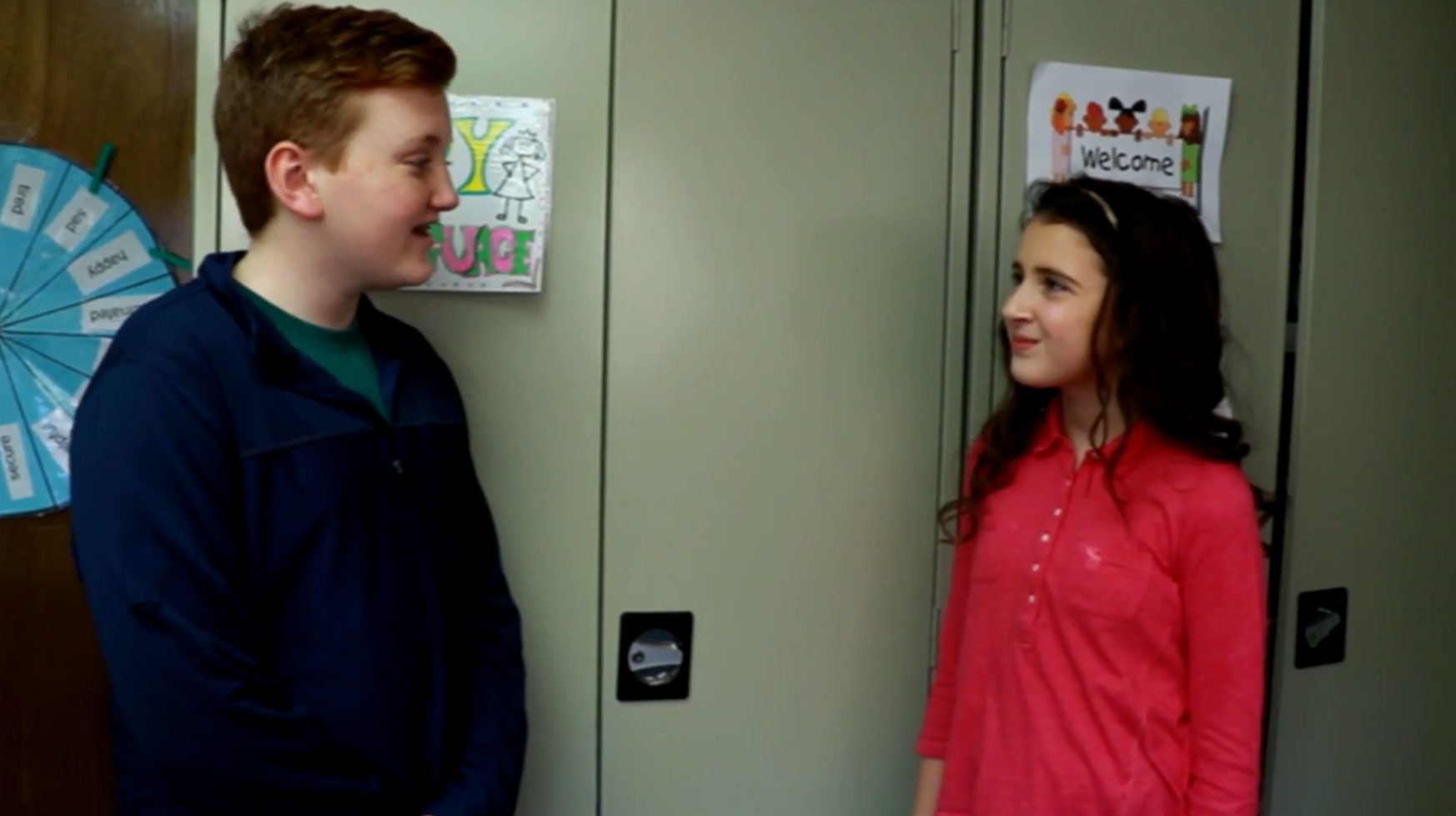
Introduction
Greeting others is a crucial skill that not only helps us connect with others but also serves as a foundation for building and maintaining friendships. For students in Special Education, learning how to greet peers is an important step in developing their social-emotional skills. In this blog post, we will discuss an easy-to-implement, no-prep activity to teach students the art of greeting peers, which includes moving closer, facing their bodies towards others, making eye contact, and saying “Hi” or “Hey”. We will also provide discussion questions, related skills, and next steps to further support educators working with these students.
No-Prep Activity: The Greeting Game
This activity requires no preparation or materials and can be easily incorporated into your classroom routine. The Greeting Game helps students practice greeting their peers in a fun and engaging way.
- Have students stand in a circle, facing each other.
- Choose one student to be the “Greeter” and have them stand in the center of the circle.
- The Greeter selects a peer from the circle, moves closer to them while maintaining personal space, faces their body towards the chosen peer, makes eye contact, and says “Hi” or “Hey” with a smile.
- The chosen peer reciprocates the greeting in the same way.
- The Greeter then returns to their spot in the circle, and the chosen peer becomes the new Greeter.
- Continue until all students have had a chance to be the Greeter.
Discussion Questions
- Why is it important to greet our friends and peers when we first see them?
- How does greeting someone make them feel? How does it make you feel?
- What are some different ways people can greet each other? How can we adapt our greetings for different situations or cultural contexts?
- Why is it important to maintain personal space when greeting someone?
- How can we practice greeting others outside of the classroom setting?
Related Skills
In addition to greeting peers, there are several other social-emotional skills that students in Special Education can benefit from learning:
- Active Listening: Paying attention to what others are saying and showing interest in their thoughts and feelings.
- Expressing Empathy: Understanding and sharing the feelings of others, and responding with care and support.
- Respecting Personal Boundaries: Recognizing and respecting the personal space, privacy, and feelings of others.
- Cooperation and Collaboration: Working together with others to achieve a common goal or solve a problem.
- Conflict Resolution: Addressing disagreements or misunderstandings in a respectful and constructive way.
Next Steps
Now that you have learned about the importance of teaching students in Special Education to greet peers and have a no-prep activity to try in your classroom, consider exploring additional resources to support your students’ social-emotional development. Sign up for free sample materials from Everyday Speech, which offers a wide range of resources and activities to help educators like you support students in building essential social-emotional skills.

